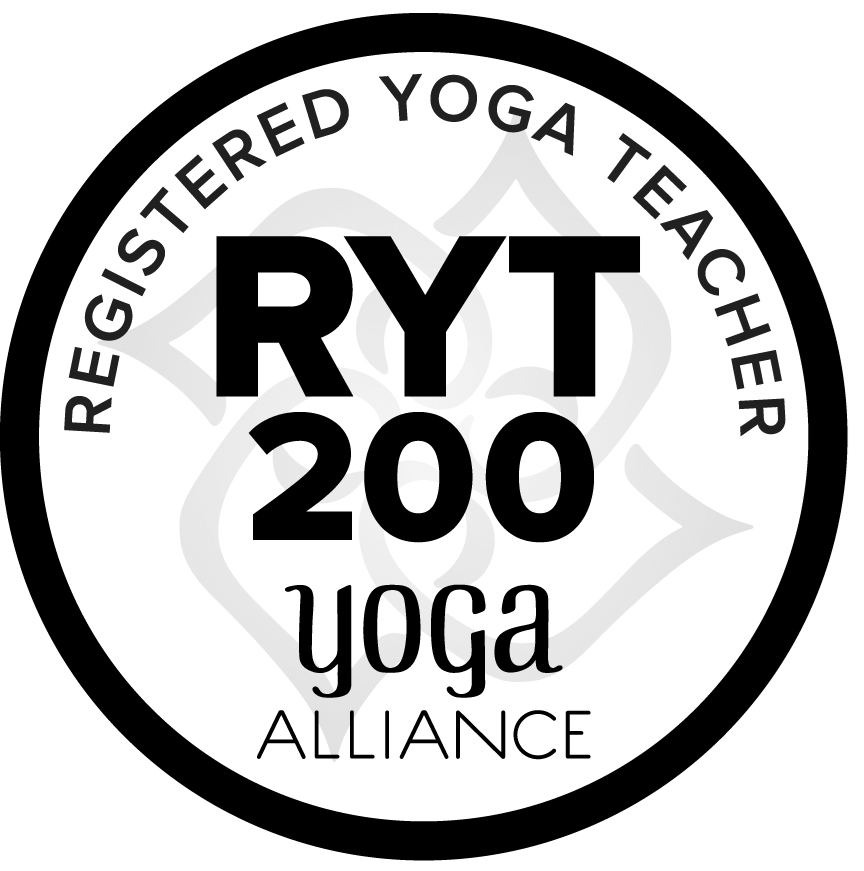Our program emphasizes practical teaching through a scientifically structured curriculum, ensuring that students are equipped with correct practice methods and grounded in authentic philosophical theories. The courses cover accurate anatomy and provide comprehensive employment assistance and effective entrepreneurial support. Graduates receive recognized certification and benefit from free re-training opportunities. Additionally, we offer comprehensive and detailed support services to help build a modern, healthy, and flexible career that remains relevant and adaptable, promising a profession that will not become obsolete.
• Practical Courses • Yoga Philosophy • Yoga Physiology and Anatomy • Pranayama (breath control) Practice Course • Yoga Teaching Techniques • In-depth study of over 100 poses

In the Practical Courses, you will learn:
In the Yoga Philosophy Course, you will learn:
Yoga Physiology and Anatomy:
Yoga Teaching Techniques, you will learn:
In-depth study of over 100 poses, you will learn: